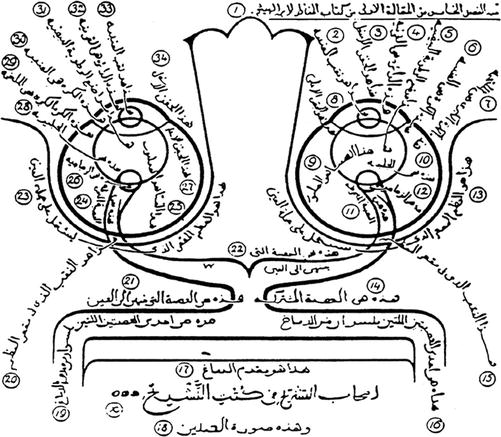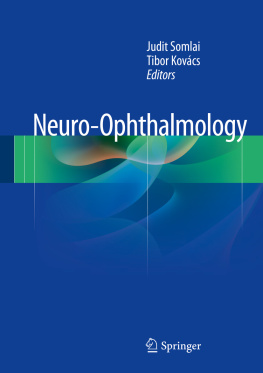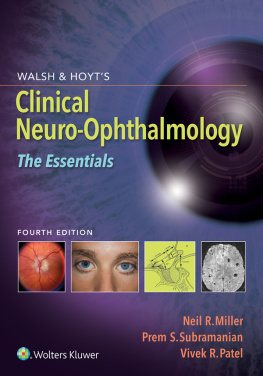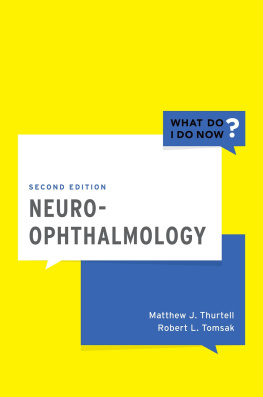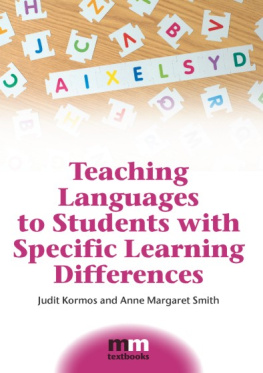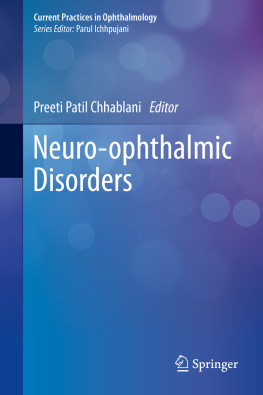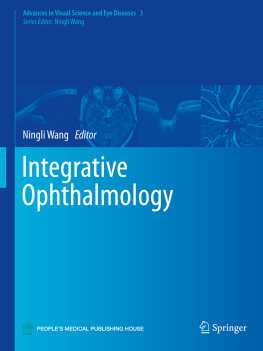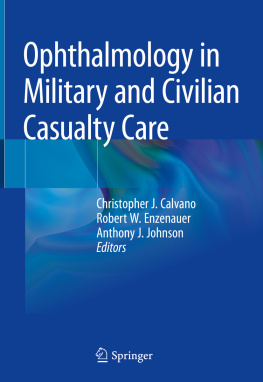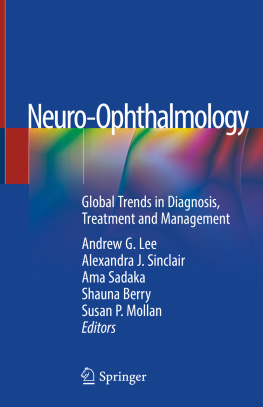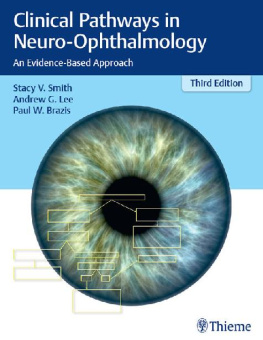Part I
The Importance and Role of Neuro-Ophthalmology
1. The Importance and Role of Neuro-ophthalmology in Ophthalmological Clinical Practice
2. The Importance of Neuro-ophthalmology in Neurology
Springer International Publishing Switzerland 2016
Judit Somlai and Tibor Kovcs (eds.) Neuro-Ophthalmology 10.1007/978-3-319-28956-4_1
1. The Importance and Role of Neuro-ophthalmology in Ophthalmological Clinical Practice
Judit Somlai 1, 2, 3
(1)
Head of Unit of Neuro-Ophthalmology, Department of Neurology and Stroke, Military Hospital, Budapest, Hungary
(2)
Unit of Neuro-Ophthalmology, Hungarian Ophthalmological Association, Budapest, Hungary
(3)
NOSZA Foundation (for the Prevention and Screening of Ocular Stroke), Budapest, Hungary
Judit Somlai Trustee
Email:
URL: http://somlaijudit.hu
Neuro-ophthalmology (NO) is a new diagnostic sub-specialty on the periphery between neurology and ophthalmology that encompasses the ophthalmological symptoms of internal diseases with neurological or neurosurgical complications. The visual pathways (between the retina and the visual cortex) and the oculomotor system (between the eye muscles and the cortical centers) have direct contact with almost the whole length of the central nervous system. Therefore, if we note any disorder in these functions, we can draw conclusions regarding the extent and the location of the damage with the help of neuro-ophthalmological assessment. Our empirical knowledge will probably inform us of the etiology of the disorder as well. The tests will give us information about:
the localization
the extent of the damage
disorders that cause only loss of function at the onset without morphological changes detectable on CT or MRI scans
the efficiency of the treatment and the progress of the disease
the qualitative and objective assessment of care and rehabilitation.
Drawing from the era of Islamic medicine. Their ideas of the visual pathways were not far from reality, especially regarding the chiasmatic region
Topography, a.k.a. localization diagnostics can help us to identify the location and extent of pathological changes anywhere in the visual and oculocomotor pathways, e.g., in the case of loss of visual field or paralytic strabismus. Examinations enable us to quantify the extent of the abnormality, but they can also help us to exclude pathological processes.
Disease processes that result in loss of vision can evade even the most modern diagnostic tools for a relatively long period of time. On the other hand, some functional disorders, such as transient loss of vision and/or diplopia can indicate or herald an imminent or actual disease process. The results of conservative and surgical treatments can be evaluated using neuro-ophthalmological tests, e.g., an increased visual field defect can indicate relapse or progression of the disease. If necessary, patients should be followed up for life by experts from the affected and related fields on regular consultations.
Similar to almost all fields of clinical medicine, cutting-edge diagnostic techniques are at the forefront of neuro-ophthalmology.
This feature can be explained by the fact that the earlier a disease is diagnosed, the more efficient the appropriate therapy and the lower the chance of residual symptoms will be.
Medical treatment is complemented by comprehensive rehabilitation performed by our assistants with special qualifications. This way we can not only alleviate patients symptoms, but we can also assist their recovery and resumption of regular activities with the help of modern diagnostic techniques and useful advice.
Springer International Publishing Switzerland 2016
Judit Somlai and Tibor Kovcs (eds.) Neuro-Ophthalmology 10.1007/978-3-319-28956-4_2
2. The Importance of Neuro-ophthalmology in Neurology
Tibor Kovcs 1, 2, 3
(1)
Department of Neurology, Faculty of Medicine, Semmelweis University, Budapest, Hungary
(2)
Cerebrovascular and Dementia Unit, Department of General Neurology, Semmelweis University, Budapest, Hungary
(3)
Dementia and Dystonia Outpatient Department, Semmelweis University, Budapest, Hungary
Tibor Kovcs University Associate Professor
Email:
The eye is the mirror of the soul, or it is rather a mirror of the brain, a window to the brain, at least for neurologists. In neurology, the examination of the optic nerve and eye movements are part of the physical examination. Fundoscopy is vital in emergency neurology. Visual field testing is performed both during neurological and ophthalmological examinations, but its most accurate assessment is best performed with ophthalmological devices. Eye movement and pupil reaction tests are also carried out by both specialties; however, the criteria for these evaluations might be the most different in these tests.
The interdependence of neurology and ophthalmology is justified by the complexity of the visual system. The eyes are ultimately part of the brain, the retina develops from the diencephalon, and the layers of the eyeball are related to the meninges. The retina and the brain are supplied by a common artery. The orbits and the intracranial structures feature strong anatomical connections. The visual system has some contact with all regions of the brain from the retina to the occipital cortex. The anatomy and the vestibular connections of oculomotor regulation constitute some of the most difficult topics both in medical and specialty training. Structures related to vision can be found almost everywhere in the nervous system (one-third of supratentorial structures plays a role in vision); thus, they can be affected by nearly all neurological diseases; the description of the disorder can help to identify the trigger factor (Newman et al. ).
As a result, it is easy to understand why ophthalmologists and neurologists often point at each other when faced with several diseases of the visual and oculomotor system. In our everyday practice, most of us have seen patients with anterior ischemic optic neuropathy pushed to and fro by neurological and ophthalmological wards and outpatient clinics. Neuro-ophthalmology is a field where the specialist has to be an ophthalmologist and a neurologist at the same time, which is, of course, not achievable. As a result of the system of education, everybody qualifies as an ophthalmologist or a neurologist first, which means that we are going to have neurologists who are good at ophthalmology and ophthalmologists who are good at neurology; a situation which has both advantages and disadvantages. The most significant consequences of this separation are apparent in the case of rare diseases. In 1992, a child was admitted to the Department of Neurology in Boston, USA (Engle ) with bilateral ptosis and downward gaze. Investigations for myasthenia, mitochondrial disease, and congenital myopathy yielded no results. The result of ophthalmological consultation was somewhat surprising for the neurologists as the ophthalmologists diagnosed the case as congenital fibrosis of the extraocular muscles. This disease entity was unknown for the neurologists in spite of the fact that it had been first described in ophthalmology in the 1800s, as belonging to the group of ocular fibroses, the most well-known manifestation of which is Duane syndrome. In ophthalmological literature, the cause of this group of diseases was thought to be the primary fibrosis of the extraocular muscles. Nowadays the group has extensive neurological literature as well, as the cause of oculomotor disorders has proved to be a developmental disorder of cranial nerve motor neurons (congenital cranial dysinnervation disorders) rather than fibrosis. There are many other surprising diseases like this; therefore, this book might serve to decrease the number of such surprises for both ophthalmologists and neurologists.
